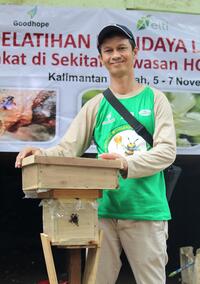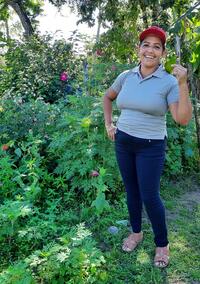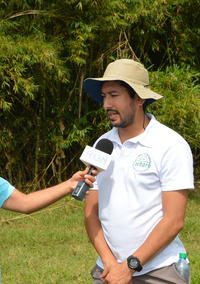You are here
Rehabilitating Mangroves after Typhoon Haiyan
In November of 2013, one of the strongest tropical cyclones ever recorded caused massive devastation and loss of life in central Philippines, particularly in the provinces of Leyte and Eastern Samar. The damage could have been worse. Intact mangrove and beach forests lessened the blow to some coastal communities.
Acknowledging the critical role that these ecosystems play in disaster-prone coastlines, the Philippine government allocated PhP 1 billion for a Mangrove and Beach Forest Development Project. This special fund would also provide a cash-for-work clean-up and planting scheme for the typhoon-stricken communities.
Before it began, the project risked failure. Past similar efforts replanted single species, often in unsuitable areas, and without plans for maintenance.
We appreciated that ELTI initiated the partnership and offered to support our partner communities affected by the typhoon. Beyond simply providing funds for the mangroves training, ELTI was very engaged in the whole learning process: from the refinement of the modules, to the preparations and logistics, to the actual conduct of the training. The immediate deployment of the key leaders of community organizations in the offsite mangroves training and the convergence of support from the other organizations would not have been possible without ELTI’s active involvement.
Foundation for the Philippine Environment (FPE)
Even prior to the disaster, ELTI had partnered with the Zoological Society of London (ZSL) and the Southeast Asian Fisheries Development Center (SEAFDC) to promote a different approach. In support of the typhoon rehabilitation efforts, ELTI collaborated with the Foundation for the Philippine Environment (FPE) to provide customized trainings on proper mangrove conservation, management and restoration for their partners from Eastern Samar.
To ensure follow-through on the ground, ELTI and FPE also worked with the local NGO Guiuan Development Foundation, and the Philippine Tropical Forest Conservation Foundation (PTFCF). These groups provided technical and financial support for a communitybased mangrove and beach forest assessment and planning in Eastern Samar. Training participants applied what they learned and passed on what they had learned to other members of the community.
With their new management plans in hand, the training participants are now awaiting another round of funding for the actual mangrove rehabilitation activities, and are working closely with the local government to rebuild more resilient forests and communities.


Acknowledgements
Thanks to the ZSL, especially Dr. Jurgenne Primavera, for providing the technical skills and know-how in mangrove conservation, rehabilitation and management; the FPE; the SEAFDEC; the Guiuan Development Foundation for providing logistical support during the training and follow up; and the PTFCF for providing financial support for the training follow up.



































































